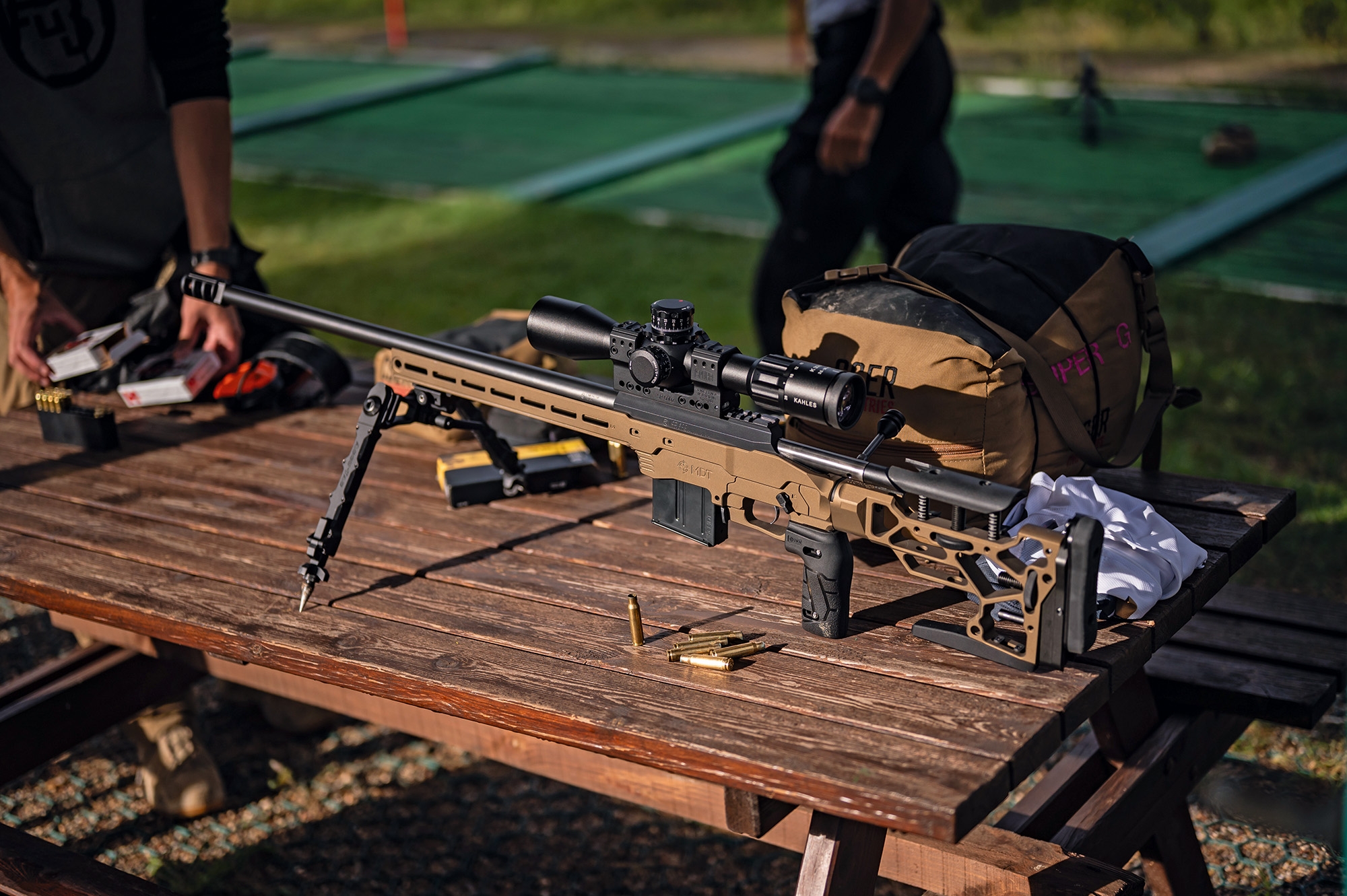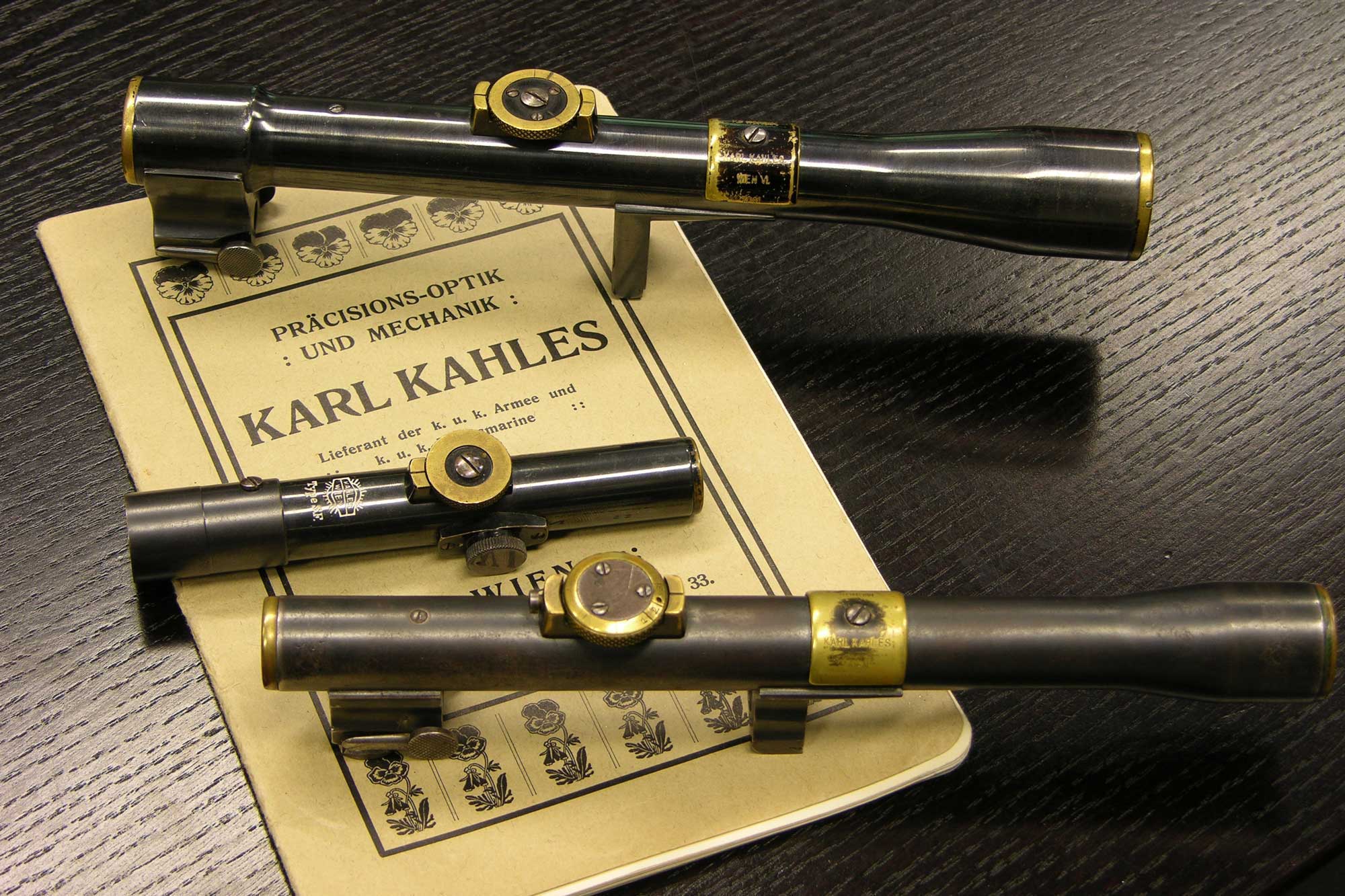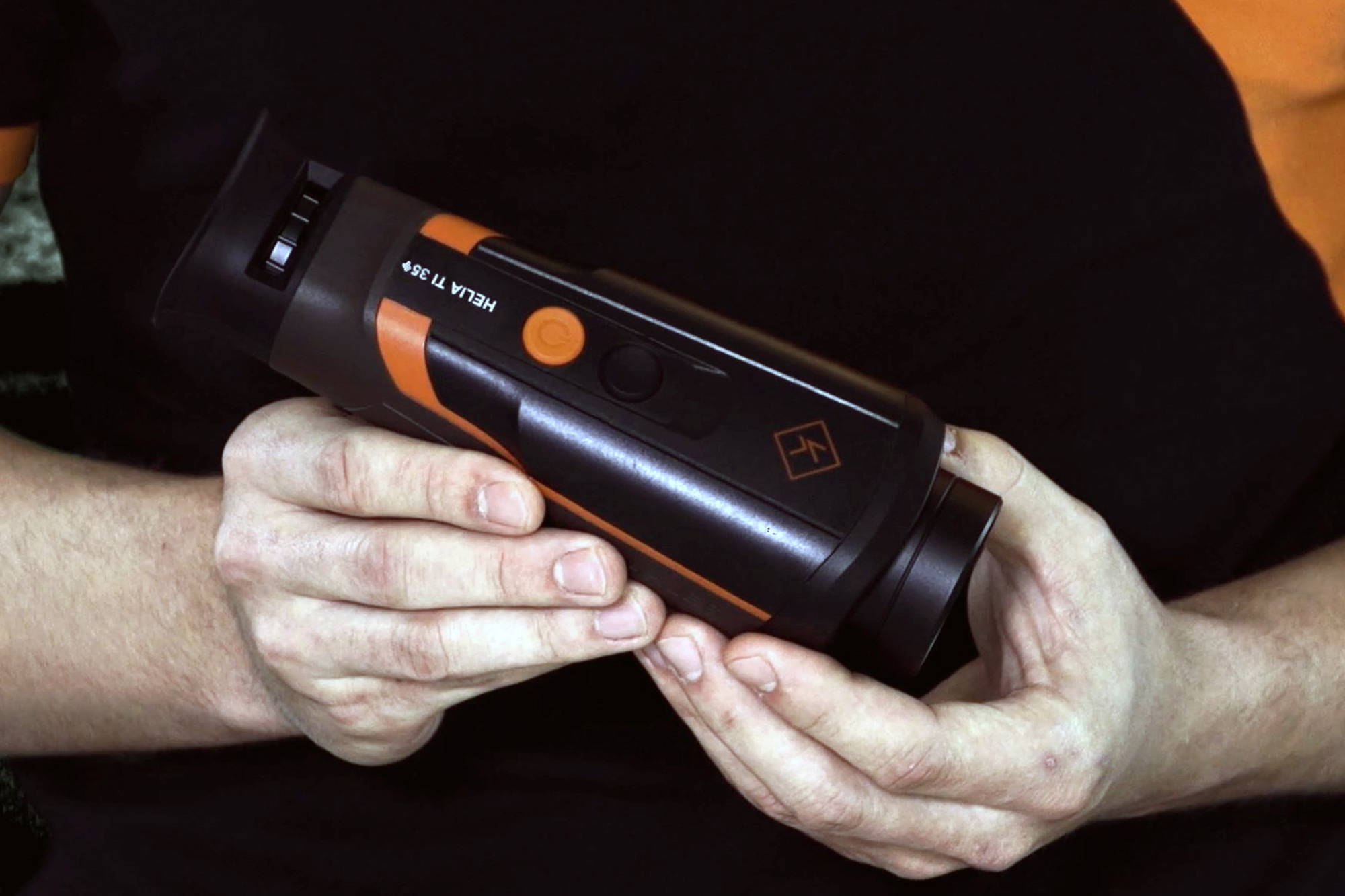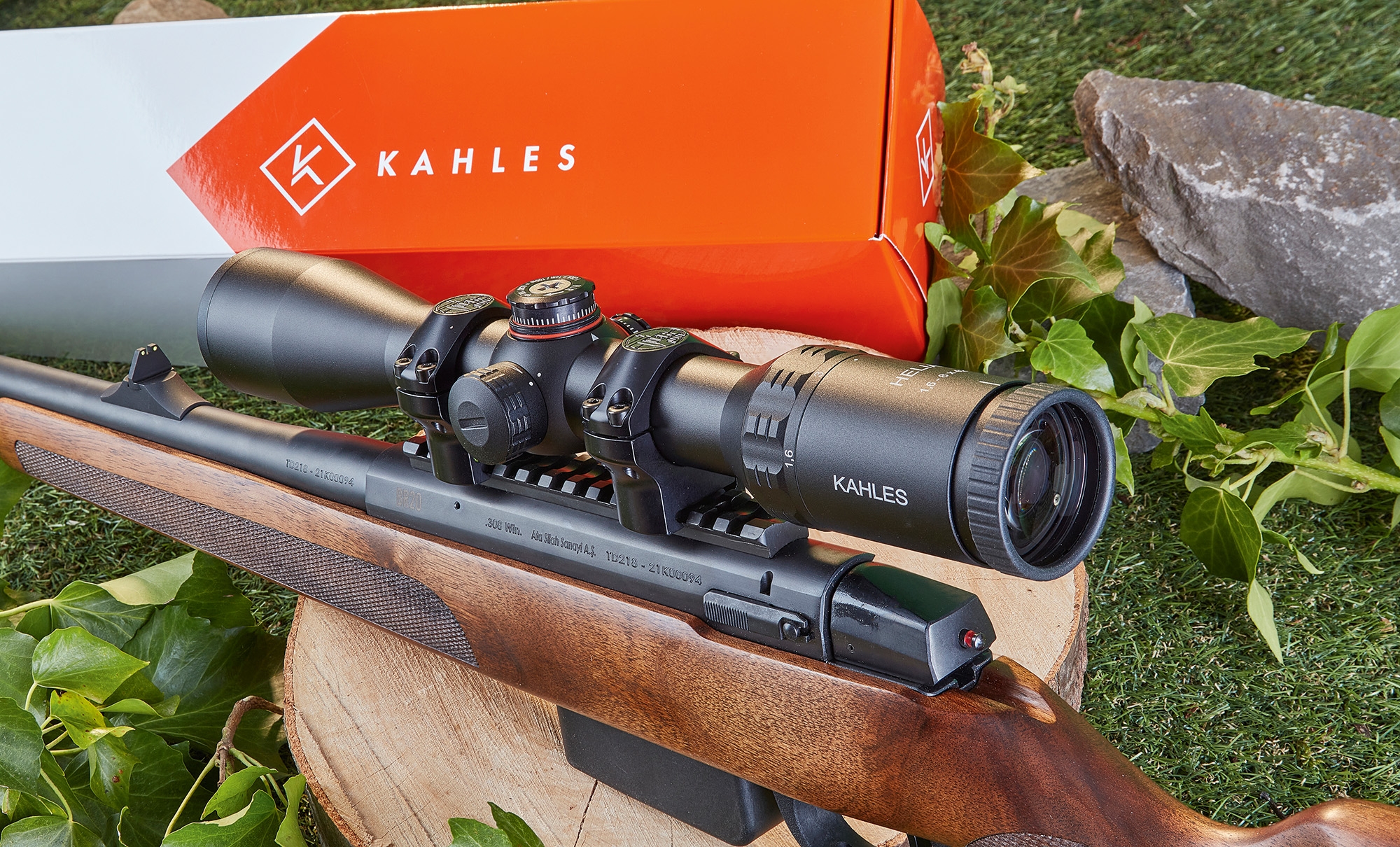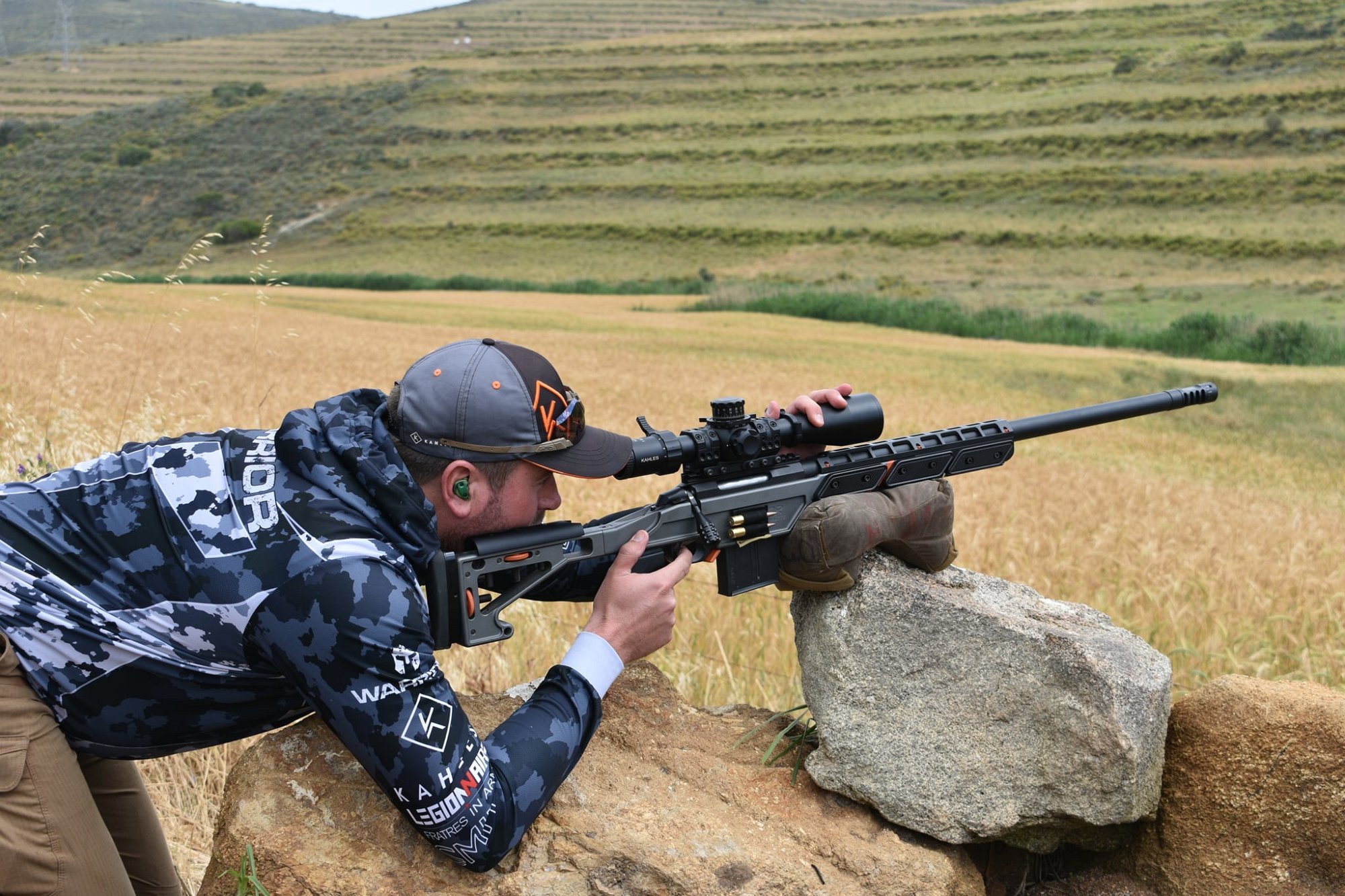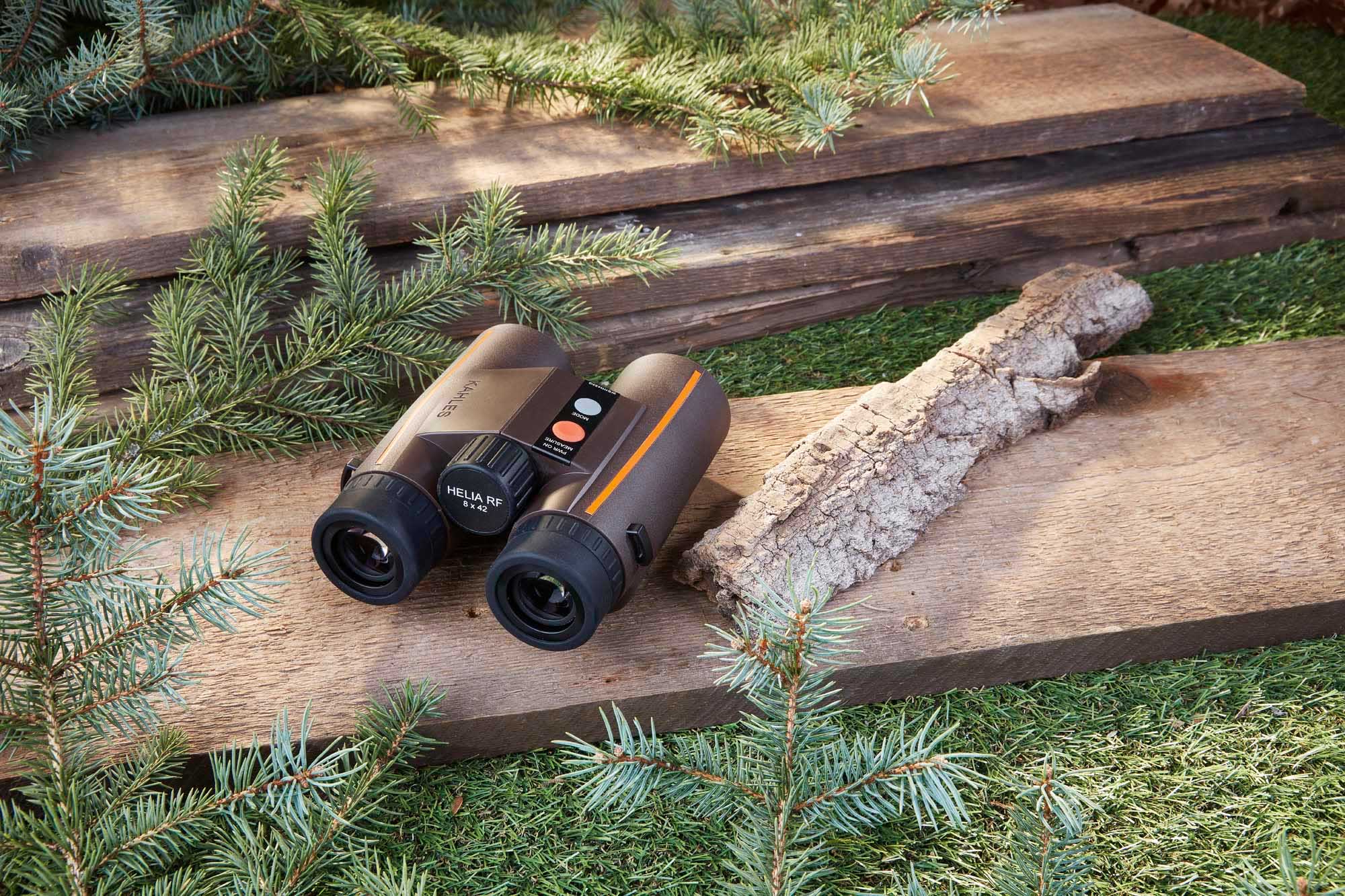The technical data and facts about the Kahles Helia TI 35 can be found in this article – also including a technical comparison of the two models TI 25 and TI 35 from Kahles.
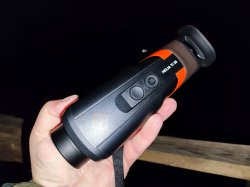
Therefore, I would like to briefly describe the most important features of the new thermal imaging camera from Kahles. An objective lens with a diameter of 35 mm and an aperture of F1.0 was fitted in the Helia TI 35. Since the device detects heat, I would like to explain this value in more detail from the photographer's point of view. F1.0 means nothing more than that 100% of the light appearing on the lens is transmitted and arrives at the sensor. Transferred to the image of heat, 100% of the heat is therefore carried through the lens system and processed in the sensor. Whereby we are already at the representation of the heat sources in the display. The screen resolution of 1024x768 pixels in combination with the sensor of 384x288 at 17 μm pitch is very good from my point of view. Even in fog, the Kahles Helia TI 35 worked so well that I could identify heat sources well.
As far as game is concerned, you often have to be careful with the statements made by manufacturers, because the claim "reliable identification with high detail resolution"needs some explanation. Let me put it this way, what really matters in practice:
1. How far away is the game animal? Up to what distance can you really identify it?
With the Kahles TI 35, it is also possible to identify heat sources up to 1,000 meters, and certainly beyond that in appropriate weather conditions. In the case of reliable identification, however, one must differentiate what is meant by that. Thus, I come to the conclusion that a gender-specific identification is always meant when it comes to reliable identification. In the range up to 100 meters this is absolutely safe. Beyond that one can still identify the game species. To do this, however, one must know the animal habitus very well, which brings us to point two in this context.
2. Analyze and recognize habitus and movement characteristics!
Especially when spotting game at a long distance, it is useful to be able to distinguish the habitus and movement characteristics of red deer, roe deer and wild boar – just to name a few. How often has it happened that a supposed piece of wild boar turned out to be a raccoon in the next moment. So please do not underestimate the topic of identification, especially when you are on the hunt for something else.YouTube Video: Das Kahles Helia TI 35 im Praxistest
Use at night and also during the day – the Kahles Helia TI 35 is the ideal spotter. Why? The equipment of the Kahles Helia TI 35 is very reduced. At first glance, this may seem a bit spartan, but upon closer inspection, the concept is naturally developed for a user who consciously wants to do without bells and whistles. There are only two control buttons. You can only adjust a few things here. We already know the principle from action cams like GO-Pro, where you can achieve a lot with just a few buttons. The Kahles TI 35 works in a similar way. There are only three color modes and the battery life of the device is more than enough with 8 hours. The Kahles Helia TI 35 is just like its sister model, the Kahles TI 25, the ideal spotter in the hunting area and you can also use both very well during the day to identify game. Just try it out for yourself – you will be surprised how well it works.
What are the benefits of the Automaticlight function of the Kahles TI 35?
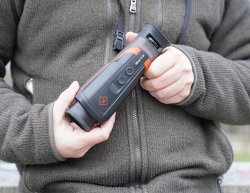
You wonder where the advantage is? We'll tell you, because we tried it out! Kahles calls this function the technical highlight of the two new devices. The intelligent display uses a tilt and motion sensor to automatically switch itself on and off. This function is particularly relevant for hunters because it prevents the display from radiating light to the surroundings as soon as the device is hanging on the chest or when it is put down on the raised hide. And the device is ready for use or reactivated in a flash when it is picked up again or held up to the eye.
Other manufacturers have not been able to do this so far and have to put the device into standby mode beforehand by pressing complicated or long buttons, and the user often has to wait quite a long time afterwards to reactivate it. This is an extremely valuable practical advantage, because this feature is especially helpful during long periods of stalking in the dark.
Conclusion on the Kahles Helia TI 35 handheld thermal imager
First, the question of how Kahles positions the two new models seems important to me. The question is quickly answered:
the Kahles Helia TI 25 (MSRP: 2,200 euro) is well suited for fast finding with its large field of view. The field of view of 26 m/100 m allows for a quick detection of game or heat sources very reliably. This is ideal for observing large areas and getting a good overview. The Kahles Helia TI 35 (MSRP 2,500 euro), on the other hand, is designed for reliable targeting and offers a higher detail resolution. Due to the higher imaging or detail resolution, it is well suited to safely identify game or heat sources with a field of view of 19m/100m.
This gives the buyer the choice of what is more important to him/her: field of view or detail resolution. It all depends on the intended use. Summarizing, hunters who are looking for a spotter with very good battery life and a high-resolution display should take a closer look at the Kahles TI 35. And don't forget the great Automaticlight feature. This is a real unique selling point of this new generation of devices from Kahles. Both models will certainly not disappoint you in the field.
| Kahles Helia TI 35 | |
| - Long battery life and the clever Automaticlight function | - The calibration noise when switching on is clearly
audible |
| - Good imaging performance, high-resolution display | |
| - Very simple operation |
One last thought on the subject of the video function: a video function is still very important to me for a thermal imaging device that is mounted in front of a scope and with which you can shoot together with the gun/optics combo. For documentation and also as an aid for a possible follow-up search. But this question does not arise with pure observation devices – so Kahles has done everything right.
More information about the TI 35 is available on the Kahles website.




